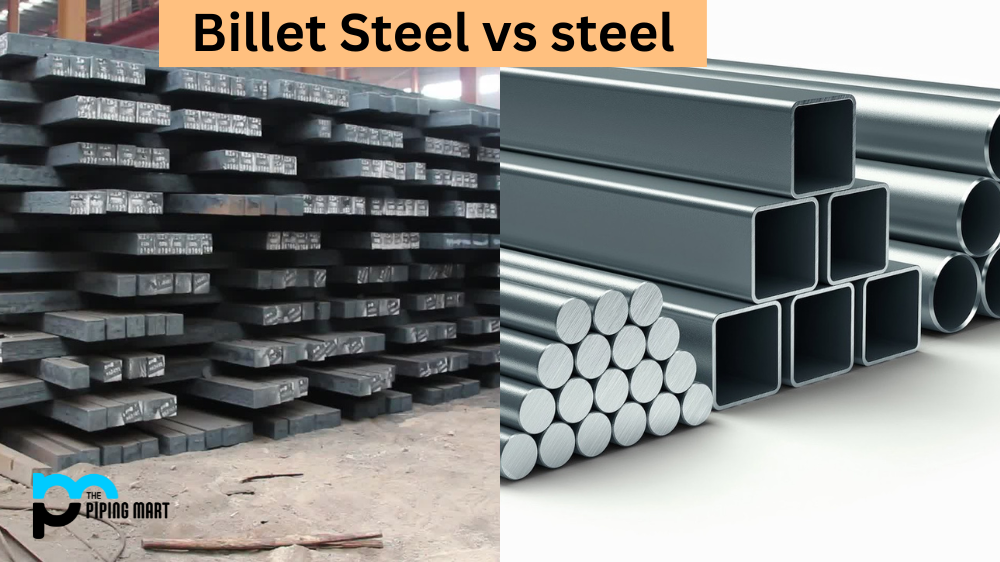Knowing the difference between high-tensile and mild steel is essential for engineers, fabricators, and other professionals in the construction or automotive industry. Both types of steel are incredibly strong and durable, but their differences make one type more suited for certain applications than the other. Let’s explore each type of steel further.
Mild Steel
Mild steel is low-carbon steel with a shallow carbon content (0.05-0.25%). This makes it extremely malleable, allowing it to be shaped into different objects without compromising its structural strength. In addition, mild steel is relatively inexpensive compared to other types of steel, making it an ideal choice for many applications where cost is a major consideration. Mild steel is a type of steel that has a lower carbon content than high-tensile steel. This makes it more ductile or able to be molded into shapes, which can be helpful in applications where flexibility is essential. Mild steel is also less likely to corrode than high-tensile steel.
High Tensile Steel
High tensile steel is a type of alloyed low-carbon steel with higher levels of strength than mild steel (typically 0.5%-1%). It can be heat treated to increase its hardness, making it suitable for mining equipment and automotive parts requiring greater durability or resistance to wear or abrasion. Additionally, high-tensile steel has higher levels of corrosion resistance than mild steel—making it perfect for outdoor applications where rust prevention is essential. High-tensile steel is a type of steel that has been alloyed with additional elements, such as carbon, to make it stronger. This makes it ideal for applications where strength is essential, such as construction and engineering. High-tensile steel is also less likely to deform under stress than mild steel.
Properties of High-Tensile Steel
Some properties of high-tensile steel that make it useful in various applications include its high strength-to-weight ratio, its resistance to deformation, and its low cost. High tensile steel also has a higher melting point than mild steel, making it useful for applications where heat resistance is essential.
Properties of Mild Steel
Some of the properties of mild steel that make it useful in various applications include its ductility, corrosion resistance, and low cost. Mild steel also has a lower melting point than high-tensile steel, making it easier to weld and work with.
Applications of High Tensile Steel
Some common applications for high-tensile steel include construction (e.g., bridges and buildings), automotive parts, and machine parts. High-tensile steel is also often used in the oil and gas industry due to its ability to withstand high temperatures and pressures.
Applications of Mild Steel
Some common applications for mild steel include pipes and tubing, wire and sheet metal products. Mild steel is also often used in construction for reinforcement bars (rebar) and nails.
Conclusion:
As you can see, there are significant differences between high tensile and mild steels that make them more suitable for different uses and applications. While mild steel offers greater malleability at an affordable price point, high-tensile steel can provide better durability in harsher environments or against external wear or tear. Understanding the advantages and disadvantages of each type of material will help you choose the right kind for your needs. So you can ensure your project is built with the highest quality materials available!

Abhishek is a seasoned blogger and industry expert, sharing his insights and knowledge on various topics. With his research, Abhishek offers valuable insights and tips for professionals and enthusiasts. Follow him for expert advice on the latest trends and developments in the metal industry.




